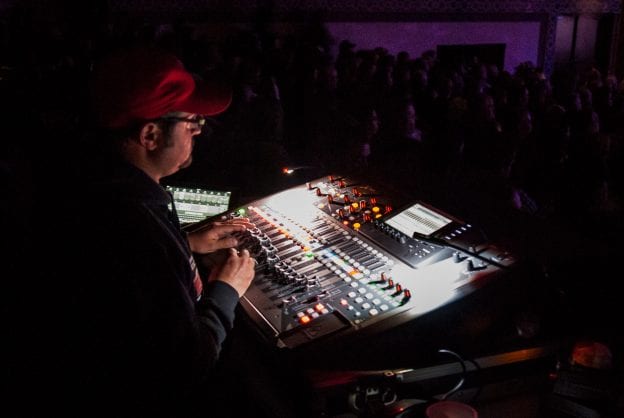
by Colleen Cook
High schoolers are often expected to determine their career path at the ripe old age of 16, planning out colleges, programs of study, and future careers they'd like to take up in their adult life. In some cases, students have a broad exposure to a wide field of employment, but students are human beings who tend to follow the paths that are familiar. When choosing their future careers, they consider those of their family members, mentors, and idols. They think about what they enjoy doing as a teenager and translate that into a profession.
When I was a high school student, I loved to sing. I enjoyed the camaraderie of being in a musical or an ensemble, and I had been mentored by my music teachers, so naturally the career path I chose was music education. I might have chosen music performance, but music education seemed like the more viable career option of what I thought were two choices in the music field.
Years later, I discovered the field of arts administration, along with many other careers, and I've often wondered: if I was aware of these career paths when I was in high school, would I have pursued something different?
Arts and culture as an industry contributes $704 billion to the economy in annual revenue. There's a wide range of careers and jobs in the arts, and many creative local economies are beginning to shift to an arts and culture-based model from an industrial economy.
In an effort to build awareness about careers in the arts, we'll be doing a multi-week series of blog posts about the various career paths one can take in the arts in the coming weeks. You'll hear from people working in the field as entrepreneurs, administrators, artists, and more. We can't wait to share with you the depth and breadth of this fulfilling field.